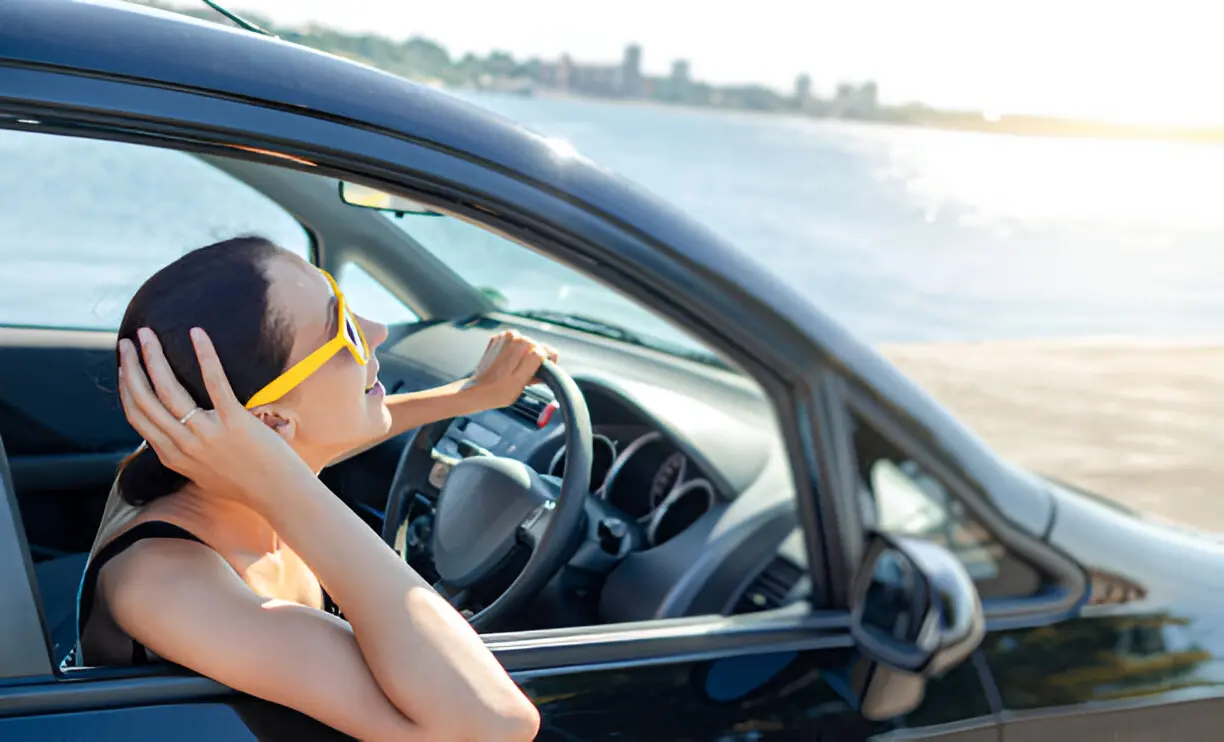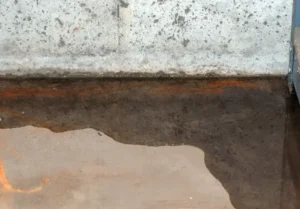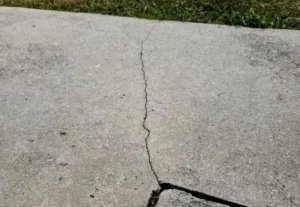When you think of sun damage, you probably picture sunburns and skin aging—but did you know that ultraviolet (UV) rays can also silently impact your vehicle and even your health while you’re behind the wheel? Whether you’re driving on a sunny day or your car is parked outside for hours, harmful UV radiation can do more damage than most people realize.
Let’s break down what UV rays are, how they affect your car and your body, and what you can do to protect both.
What Are UV Rays?
UV (ultraviolet) rays are a type of electromagnetic radiation that comes from the sun. There are three main types: UVA, UVB, and UVC. While UVC is mostly absorbed by the Earth’s atmosphere, UVA and UVB rays reach us and cause the most damage. UVB rays are responsible for sunburn, while UVA rays penetrate deeper, accelerating skin aging and increasing skin cancer risk.
These rays don’t just affect humans—they impact materials and surfaces too, which is why your car is also at risk.
How UV Rays Affect Your Car
1. Fading and Cracking Interior
One of the most noticeable effects of UV exposure in your car is the fading of your interior materials. Leather seats, dashboards, and even fabric upholstery can lose their color and become brittle over time. Prolonged exposure can lead to cracking, especially in dashboards and steering wheels made from plastic or vinyl.
2. Weakened Materials
Heat combined with UV rays causes materials inside your car to degrade faster. This includes seat belts, rubber trims, and door seals. As these components weaken, they may no longer function as intended, compromising comfort or even safety.
3. Foggy or Discolored Windows
Your car’s windows, especially plastic parts like headlight covers and some older window tints, can become cloudy or yellowed due to UV exposure. This can reduce visibility and impact your vehicle’s aesthetics and resale value.
4. Electronics at Risk
Prolonged UV exposure combined with high temperatures can overheat and potentially damage electronics in your car, such as dashboard displays, GPS units, or even your phone if left in the car.
The Risk to Your Health
Many drivers are unaware that they’re still exposed to UV rays even inside their vehicles. While your windshield is often treated to block UVA and UVB rays, side and rear windows usually are not. This means prolonged driving, especially during daylight hours, can lead to:
- Skin Aging and Sunspots: The left side of the face and arm (for left-hand drive vehicles) is particularly prone to sun damage.
- Increased Risk of Skin Cancer: Drivers who spend extended periods in the car—like truckers, delivery drivers, and road-trippers—are at higher risk of developing skin cancers on the side exposed to the window.
- Eye Damage: UV rays can also cause eye strain and increase the risk of cataracts over time.
How to Protect Your Car and Yourself
1. Use Window Tints or UV Films
Consider having your car windows treated with UV-blocking tints or clear films. These can significantly reduce the amount of UV radiation entering the vehicle without darkening the windows too much.
2. Apply a Windshield Sunshade
When parked, a reflective sunshade helps block UV rays and reduce interior temperatures, protecting your dashboard, seats, and electronics.
3. Park in the Shade or Use a Car Cover
Whenever you can, park your vehicle in a shaded spot or use a UV-resistant car cover to reduce sun exposure. For added protection—especially under Salt Lake’s intense sun—consider investing in an auto paint protection film. It acts as a barrier against UV rays, helping to preserve your car’s exterior finish and overall condition.
4. Condition and Protect Interior Surfaces
Use protective sprays and conditioners designed for leather, vinyl, and plastic. These products help preserve flexibility and prevent cracking and fading.
5. Wear Sunscreen and Sunglasses
Protect yourself as well—apply broad-spectrum sunscreen on your face, arms, and hands, and wear polarized sunglasses to reduce eye strain and glare.
6. Install UV-Blocking Windshield Films
Even if your windshield already has some UV protection, an added layer of UV film can boost defense against both UVA and UVB rays for maximum safety.
Final Thoughts
Your car may be your sanctuary, office, or weekend getaway vehicle—but without proper protection, it’s also a hotbox of sun damage waiting to happen. Understanding the effects of UV rays on both your car and your health empowers you to take preventive steps before lasting damage sets in.
By adding a few simple upgrades and maintaining awareness, you can preserve your vehicle’s appearance, maintain its value, and keep yourself healthier while driving. Remember: just because you’re inside a car doesn’t mean you’re safe from the sun’s harmful rays.
Also Read-Spiritual Expeditions: Convenient Group Travel for Pilgrimages and Religious Tours from Bangalore








